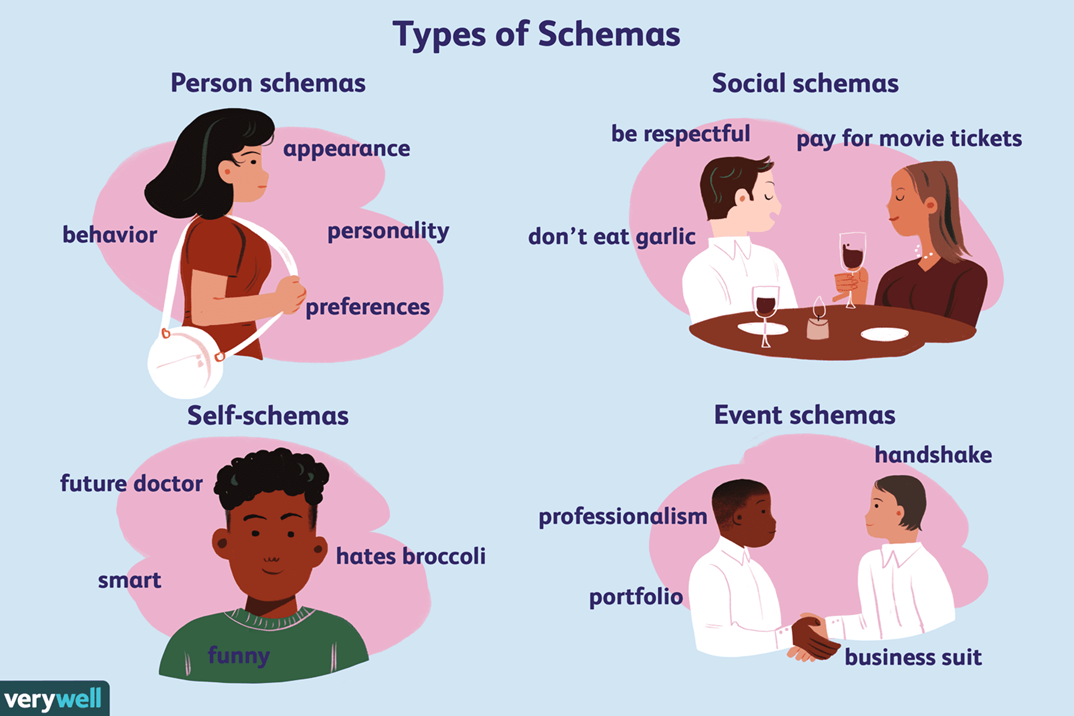The nurse has reviewed the nurses’ notes, provider’s note, and laboratory results at 0230.
For each client’s finding, specify if the finding is consistent with delirium or Alzheimer’s disease. Each finding may support more than one disease process or none at all. There must be at least one selection in every column. There does not need to be a selection in every row.
Sudden onset of confusion
Hallucinations
Agitation
Current medical diagnosis
The Correct Answer is {"A":{"answers":"A"},"B":{"answers":"A,B"},"C":{"answers":"A,B"},"D":{"answers":"A"}}
a. Sudden onset of confusion
Delirium: Yes. Sudden onset of confusion is a common symptom of delirium, which can develop over hours or days.
Alzheimer’s disease: No. Alzheimer’s disease typically involves a gradual decline in memory, thinking, and reasoning skills.
b. Hallucinations
Delirium: Yes. Hallucinations are a symptom of delirium.
Alzheimer’s disease: Yes. While not as common, hallucinations can occur in later stages of Alzheimer’s disease.
c. Agitation
Delirium: Yes. Agitation is a common symptom of delirium.
Alzheimer’s disease: Yes. Agitation can occur in Alzheimer’s disease, particularly in the middle and later stages.
d. Current medical diagnosis
Delirium: Yes. The client’s current diagnosis is delirium secondary to a urinary tract infection and dehydration.
Alzheimer’s disease: No. The client’s current diagnosis does not indicate Alzheimer’s disease.
Nursing Test Bank
Naxlex Comprehensive Predictor Exams
Related Questions
Correct Answer is C
Explanation
Choice A Reason:
Verbalizing an improved mood is a positive outcome, but it is not specific to borderline personality disorder (BPD). Clients with BPD often struggle with interpersonal relationships and emotional regulation. While mood improvement is beneficial, it does not directly address the core issues of BPD, such as difficulty in expressing needs and managing relationships.
Choice B Reason:
Attending to personal hygiene is important for overall health and well-being, but it is not a primary focus in the treatment of BPD. Clients with BPD may have issues with self-care during depressive episodes, but the primary treatment goals usually revolve around emotional regulation, interpersonal effectiveness, and distress tolerance.
Choice C Reason:
Communicating needs is a crucial outcome for clients with BPD. One of the core challenges in BPD is difficulty in expressing emotions and needs effectively, which often leads to interpersonal conflicts and emotional distress. Improving communication skills can help clients build healthier relationships and manage their emotions more effectively. This outcome aligns with therapeutic goals in treatments like Dialectical Behavior Therapy (DBT), which focuses on enhancing interpersonal effectiveness.
Choice D Reason:
Reporting a decrease in hallucinations is not typically associated with BPD. Hallucinations are more commonly linked to psychotic disorders such as schizophrenia. While some clients with BPD may experience transient psychotic symptoms under extreme stress, these are not the primary focus of treatment. The main treatment goals for BPD involve managing emotional dysregulation and improving interpersonal relationships.
Correct Answer is B
Explanation
Choice A reason:
The statement "Assertiveness training" is not typically recommended as a primary treatment for narcissistic personality disorder (NPD). While assertiveness training can help individuals develop better communication skills and self-confidence, it does not address the core issues of NPD, such as grandiosity, lack of empathy, and need for admiration.
Choice B reason:
The statement "Schema-focused therapy" is the correct response. Schema-focused therapy is a type of cognitive therapy that helps individuals identify and change deeply ingrained patterns or themes (schemas) that are dysfunctional. This therapy is particularly effective for personality disorders, including NPD, as it addresses the underlying cognitive and emotional patterns that contribute to the disorder.
Choice C reason:
The statement "Response prevention therapy" is not appropriate for NPD. Response prevention therapy is more commonly used for conditions like obsessive-compulsive disorder (OCD), where it helps individuals resist the urge to perform compulsive behaviors. It does not address the specific cognitive and emotional issues associated with NPD.
Choice D reason:
The statement "Cognitive behavioral therapy" (CBT) is beneficial for many mental health conditions, including NPD. CBT helps individuals recognize and change negative thought patterns and behaviors. However, while CBT can be helpful, schema-focused therapy is often more specifically tailored to address the complex and deep-seated issues seen in personality disorders like NPD.

Whether you are a student looking to ace your exams or a practicing nurse seeking to enhance your expertise , our nursing education contents will empower you with the confidence and competence to make a difference in the lives of patients and become a respected leader in the healthcare field.
Visit Naxlex, invest in your future and unlock endless possibilities with our unparalleled nursing education contents today
Report Wrong Answer on the Current Question
Do you disagree with the answer? If yes, what is your expected answer? Explain.
Kindly be descriptive with the issue you are facing.
